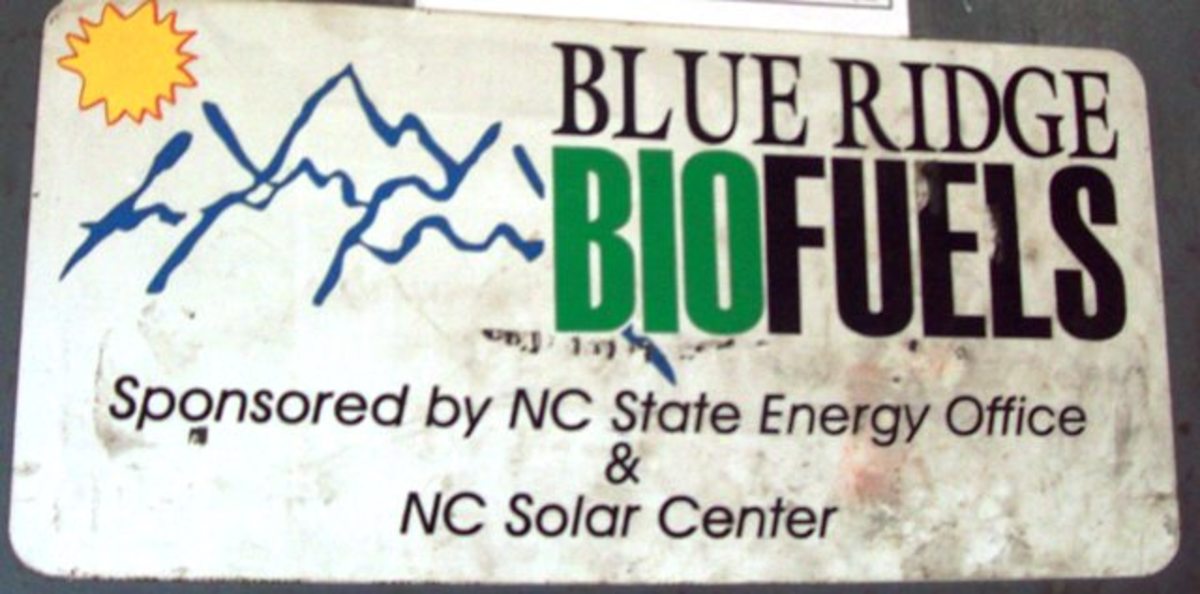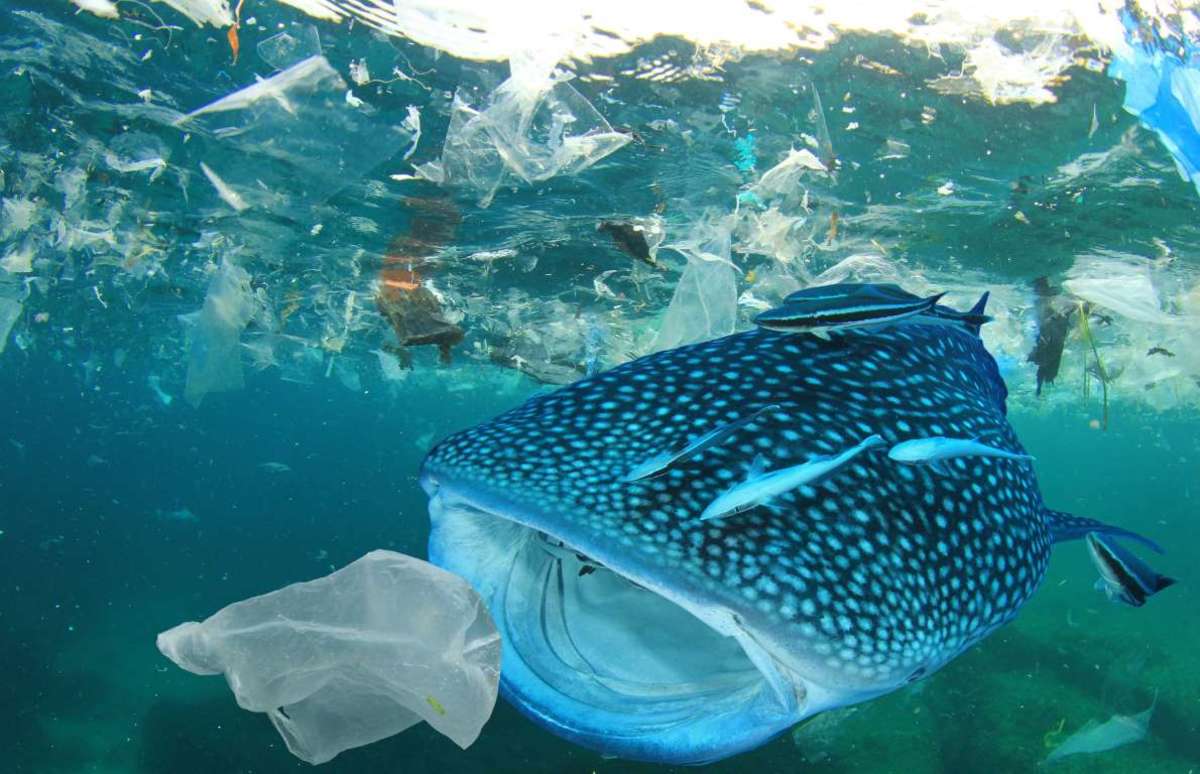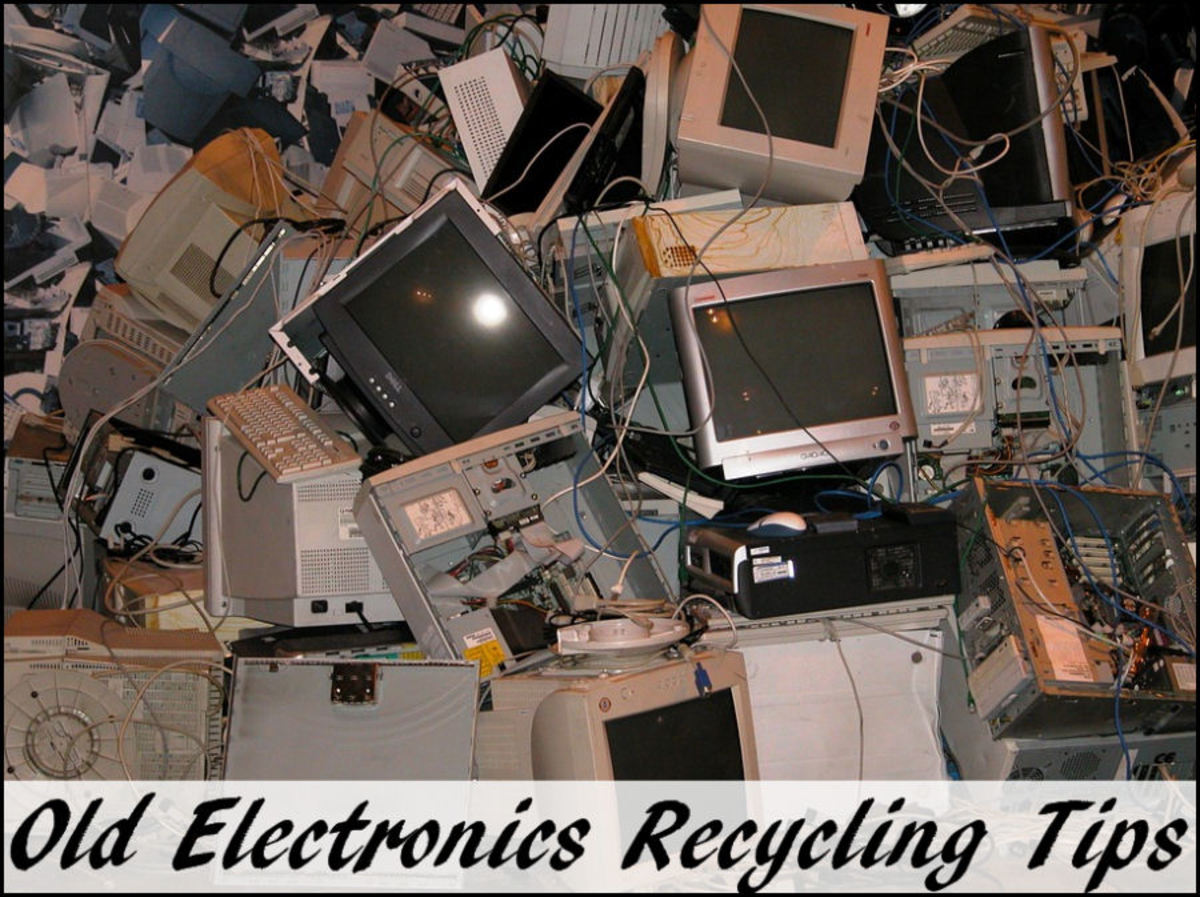Is Recycling a SCAM?
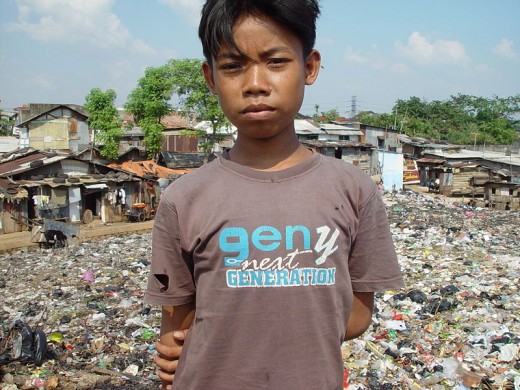
Why do we recycle?
There’s so very little that we can believe in today. The news is filled with stories of our fallen heroes. We see celebrities doing horrible things all of the time. Politicians say one thing, but do another…. when they do anything at all. Food that is supposed to be good for us eventually turns out to be a killer. Are vitamins and herbal supplements good for us? A government study says it may not matter, since most of these formulas lack all of the ingredients on their labels. For example, products from Walmart had the ingredients they claimed just 4% of the time. Gluten-free formulas used… you guessed it… gluten. Isn’t anything positive and real anymore! What about recycling? That’s got to be real… right?
If you live in an advanced industrial nation, you are surrounded by manufactured goods. These goods are made of materials that are highly complex to build and often complex to recycle. Plastics, glass, metals… everything around you requires different processes to be successfully recycled. Ideally, our garbage is a resource to some manufacturing process that can use recyclables over and over again, reducing the need for new raw materials or saving energy.
Multi-Stream recycling
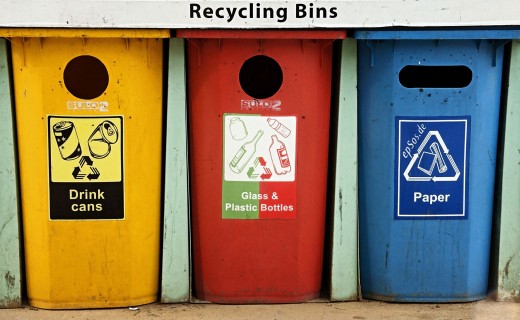
Recycling is all about location, location, location.
Recycling is always a local issue, because every location has different needs and costs. For example, if you live in an area that has cheap and plentiful hydro-electric power, recycling metals may be a particularly good idea, since the use of an electric smelter is a common part of the recycling process. On the other hand, recycling paper might not be the best recycling do pursue if you live in a more arid area where water… a vital element of paper recycling… is at a premium.
There is a general, but by no means universal, belief that recycling works best if it is driven by the markets. Which is to say you recyclers want the valuable materials in your trash, and can make a profit recycling. After all, why would anyone throw away money? On the other hand, if you are recycling because it is a good thing to do, you may lose your interest at some point, or you may say, “That’s good enough” and stop.
One of the “scam” arguments within the recycling world is just how subsidies can distort a recycling program. If a subsidy is required to make a recycling program viable, will private partnerships hold back in investing in a program or in buying the very best technology if they think the subsidy will only last until the next election?
As long as you recycle only because it is subsidized, there are likely to be limits to how much you can recycle. If the price is artificial, you may not be able to improve your profits through improvements in efficiency. Reducing the carbon cost for recycling won’t be much of a priority, if subsidies are reduced as you improve your cost of operation.
If recycling can be proved to be a long term profitable business, it will attract private money to build new recycling centers, with the most efficient equipment. Consider the recycling of steel. The biggest cost of recycling is for the electricity that is needed to melt down the old steel. If this is a market driven recycler, who can’t ask the government for subsidies to make the business profitable, they will buy the most efficient, most modern electric smelters so that their costs are lowest. But being a money making business can be tricky for a recycler.
For the last decade the recycling industry was built on the idea that carbon based fuel is expensive. Therefore, recycling is a relatively inexpensive alternative for obtaining new aluminum, steel, paper and plastic. But the price of oil and gas has dropped dramatically, and new forms of petroleum are being found as fracking technology is becoming widespread, and tar sands are being developed commercially.
Cheap fuel has raised a lot of question about new damage to the environment. If fuel becomes cheap, will we invest in recycling that has hidden environmental costs? Will a major change in fuel costs reduce the advantages of recycling, making it cheaper to mine new metals, rather than to continue to operate recycling programs? Economics based recycling doesn't always work hand in hand with environmentalism.
Should recycling expand or contract in your community?
Are you recycling as much as you should?
Recycling of water bottles
Elements of a successful recycling program
The consumer recycling movement, the recycling that you and your family actually see, is mostly an outgrowth of regulations passed by municipalities and counties. These programs are part of the waste management system, and have become a part of our weekly rituals. Families across American perform their weekly ritual of sorting recyclables from waste, filling up different recycling bins, and putting them out on the curb. There are still paper drives and civic groups still organize to clean up stretches of woods and public land that has become a dumping ground. But it is trash collection that has become the most important recycling activity.
Remember, not every city has a recycling program. The cost equation for recycling changes from location to location. Rather than recycling and selling off reusable material, it can be more cost effective for some cities to just dump trash into a land fill. One study from Denmark, that attempted to take every form of social and economic cost into account, found that the most cost effective way to dispose of trash is incineration, usually considered the least ecologically sound method to dispose of Trash. But now, trash burning power plants have become so efficient that incineration can now live side-by-side with recycling.
Whatever the ultimate disposal method, at the start of the recycling program a decision has to be made about how much time residents will put into the sorting of trash, and how much time and fuel will be spent collecting recyclables. The easiest program for a municipality to start is “single stream” recycling. Here, residents put all of their recyclables into a single bin, which gets picked up by a single recycling vehicle.
Other cities use multi-stream recycling, providing residents with different bins for each type of recyclable… aluminum, steel, glass, plastic, paper, etc. By reducing the cost of separating materials, multi=stream is more efficient and has produces recyclables with higher value. Single stream programs require more facilities and more workers to separate re-sellable or re-useable materials. In addition to factors such as the cost of electricity, gasoline and labor, the value of recyclable materials and the interest that residents have in sorting their own recyclables will determine how many recycling streams are used.
An often forgotten cost for recycling is the cost of cleaning. While you may just place paper into a bin, cans and bottles are usually cleaned. If you look at the contents of these bins you will find that some people barely clean them, while others put a lot of effort into producing sparkling clean recyclables. A big recycling center can clean materials much more efficiently than when you clean by hand. A recent study stated you would have to use over 1,000 Styrofoam cups to equal the energy used to create a ceramic coffee mug and clean it. True, the Styrofoam cup creates landfill waste, but cleaning your mug a thousand times wastes a huge amount of water, and more energy (especially if you use hot water). There is very little reliable information on how much energy we use to clean recycleables, but we do know that collecting recycleables can create a big carbon footprint. The higher the population density, the more efficient the collection process.
A new era for U.S. recycling?
The last two decades of recycling in America has been tightly tied to China's growth:
- More and more US and Euro recyclables are shipped to China for recycling.
- The recycling and re-manufacturing of trash from the US has moved pollution offshore
- In order to protect their own environment, starting in 2013 China began to reject some of the recyclable trash that they used to buy.
- When US manufacturing moves onshore, pollution back onshore as well.
- Is America ready for the next stage of recycling, when China is less dependent on our trash?
Plastic Bottles
When is recycling a scam?
Steel and aluminum are good recyclables. Paper is also a good recyclable, but a great deal of US recycled paper goes to… China. More than a quarter of our recycled paper (15 million tons annually), is sent to China. In China, new boxes and shipping materials are created from this paper.
Normally, it makes no sense to ship paper around the world, but China has a unique problem. First, they don’t have the raw materials to make boxes for all of the computers, smart-phones and other manufactured goods they make. Second, after China uses big container ships to send goods to the US, these same ships and their containers were returning to China empty. Our garbage, was the most valuable product we had that China wanted. Now, China is raising their standards for our garbage, and rejecting lower quality paper and plastics (China buys half of America’s recycled plastic water bottles). China’s new “Green Fence” policy us rejecting more low quality and contaminated recyclables, in order to improve their environment. However, in the US their increased level of rejection caused an 11% drop in the price for scrap plastic in 2013.
Depending on your situation, paper recycling may not be worthwhile. Recycling glass is right on the edge of being worth the trouble. If you live in a population dense area, with little room for landfill, glass recycling could be a good idea. But if the population is spread out, electricity is expensive and there is a high cost of sorting, it might be reasonable to put glass into a landfill. Unlike many other forms of trash, glass is completely stable and will only degrade into sand over a very long time.
Plastics, are both the most dangerous form of trash and the most difficult to recycle. There are many different types of plastic, some of which look alike. The U.S. identifies 7 different types of plastic, and the number 1-7 inside of a recycling symbol is printed on the bottom of container. Unlike steel, which can be separated via a magnet, the technology to separate out plastics is not very developed, and often must be done by hand. Even in multi-stream recycling where different bins are set up for different types of plastic, the average citizen will make mistakes and further sorting is required further along in the recycling workflow.
WW II recycling poster
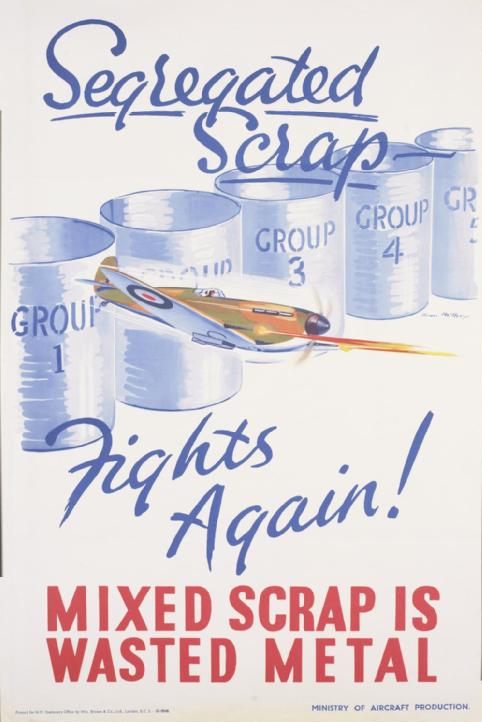
Recycling: Cure-All or Scam?
Recycling is definitely not a cure all. It can help preserve the environment, and it can make economic sense, but not all forms of recycling will work in every community. The local importance of power costs, the availability of water, the availability and cost of landfill space all have an impact on a recycling program and if it is worth doing. If the cost of fuel or China’s interest in buying our trash changes, it could turn a viable recycling program into something that’s just not worth doing. Every big recycling program will have some portion of the trash that goes into landfill, gets incinerated, or is just sent to some other city for them to dump.
A good, well thought out and well managed recycling program makes sense, but always needs to monitor the results and make sure that your program is delivering the results you expected. When conditions change, you need to be ready to change your recycling program. A well-managed, realistic recycling program is never a scam… at least that’s my Niccolls worth for today!

